In contemplating your interest in natural aquatic ecosystems, you may have certainly come across the term ‘hydrocleys’. As an enquiring mind, you might be keen to comprehend what it is and its relevance within the aquatic world. This article is created to enlighten you about Hydrocleys, an aquatic weed that is as confounding as it is essential. The aim is to achieve a profound understanding of this plant species, unraveling its characteristics, ecological role, along with potential hazards and the available control measures.
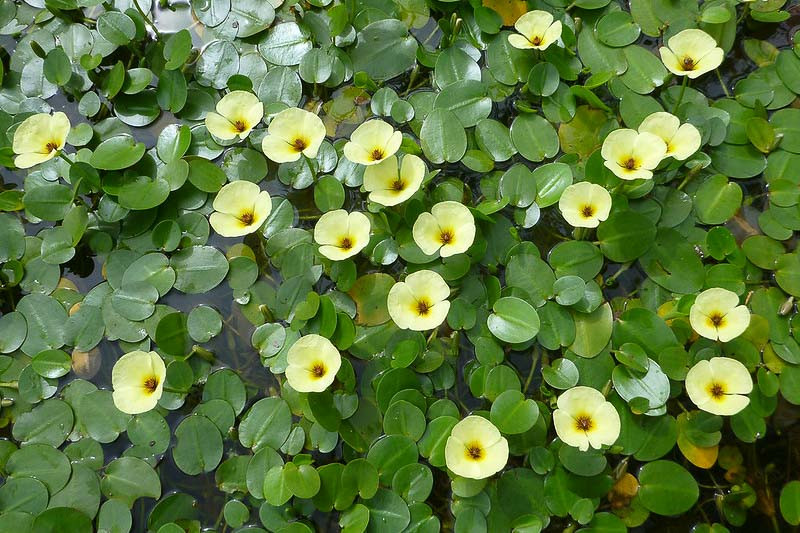
Understanding Hydrocleys
Before we delve into the intricacies of Hydrocleys, it is paramount to lay a solid foundation about its fundamental aspects—starting with its definition and scientific classification.
Definition and scientific classification
Hydrocleys is a genus of aquatic plants, belonging to the family Alismataceae. The species in this genus are commonly referred to as water poppies due to their distinctive yellow flowers and floating leaves. They are monocots and are classified under the order Alismatales.
Etymology of the term
The term ‘Hydrocleys’ is of Greek origin. It is a combination of two words, ‘hydro’, which translates to water, and ‘kleys’, meaning a small key or a shoot. It is indeed a fitting name for these aquatic plants with their key-like flowers that appear to float on water.
Synonyms and common names
Hydrocleys is also known by various other names. Some of the common names used for these plants include ‘water poppy’ and ‘floating heart’. In scientific circles, Hydrocleys nymphoides is a widely accepted synonym for this genus.
Botanical Description of Hydrocleys
The intriguing Hydrocleys is much more than just an aquatic plant. Furnished below are the distinguishing features of its leaves, stem and roots, and flower and fruit formations.
Characteristics of leaves
The leaves of Hydrocleys are generally heart-shaped and have a smooth surface. They float on the water’s surface, with their undersides submerged. The leaf margins are entire and the colour ranges from a pale to a deep green.
Description of stem and roots
The stems of the Hydrocleys are fibrous and sleek, creeping along the water’s surface. The roots are adventitious, originating from the nodes of the stem and anchoring the plant firmly to the substrate below the water.
Flower and fruit formations
The flowers of the Hydrocleys emerge buoyantly from the water’s surface on erect stems. They have bright yellow petals and a distinct, globular heart. The fruit formations are rarely seen, but when they do occur, they are capsule-like and dehiscent.
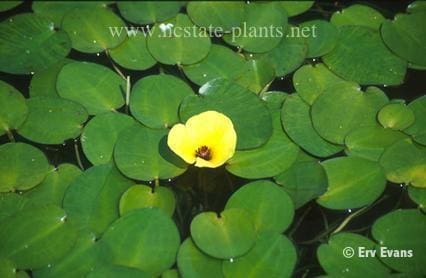
Habitat and Geographic Distribution
The prevalence of Hydrocleys across the world’s aquatic environments and its invasive tendencies in non-native areas form the subject of this section.
Preferred aquatic environments
Hydrocleys thrives in freshwater environments like ponds, lakes, and slow-moving rivers. It prefers quiescent waters with ample sunlight and a rich nutritive substrate.
Global distribution and native regions
Although native to South America, Hydrocleys has spread to various parts of the world. It is prevalent across North America, Europe, and regions of Asia and Africa.
Spread and invasiveness in non-native areas
Invasive in nature, Hydrocleys has been reported to colonize areas outside its native habitat, disrupting the local ecosystem. Its rapid spread and adaptability make it a potent threat to biodiversity.
Growth Cycle and Reproduction
A thorough understanding of Hydrocleys’ life stages, growth patterns, and seed dispersal mechanisms is crucial to managing its spread and mitigating its ecological impacts.
Life stages and growth patterns
The growth cycle of Hydrocleys can be subdivided into three primary stages: germination, vegetative growth, and flowering. The vegetative growth phase is especially rapid in favourable conditions, bearing testament to its invasive nature.
Mode of reproduction
Hydrocleys predominantly reproduces through vegetative propagation, with each node on the stem having the ability to generate a new plant. Although it can also reproduce sexually by means of seeds, this mode is less commonly observed.
Seed production and dispersal
Seed production in Hydrocleys is limited and primarily occurs in its native habitats. The seeds, in their buoyant capsules, float on water surfaces and are dispersed to new areas.
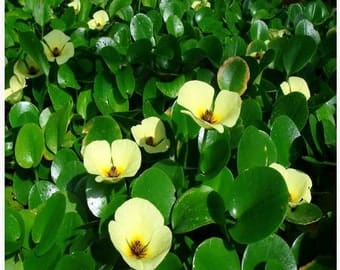
Ecological Impacts
Rightly deemed an invasive species, Hydrocleys possesses potential adverse effects on water quality, local plant diversity, and ecosystem functions.
Effects on water quality and aquatic creatures
By forming dense mats across the water surface, Hydrocleys can dramatically alter water quality. It restricts sunlight penetration, leading to significant declines in oxygen levels which can harm aquatic organisms.
Impacts on local plant diversity
Hydrocleys can outcompete native species for light and space, resulting in reduced local plant diversity. Its rapid spread and high growth rate make it a serious threat to local flora.
Role in ecosystem function and services
While invasive, Hydrocleys can also contribute positively to the ecosystem. For example, it provides a habitat for numerous aquatic micro and macroinvertebrates and its dense growth can impede waterflow, reducing erosion in vulnerable areas.
Economic Consequences
There’s a flip side to the coin: Hydrocleys influences economy, causing a burden on drainage systems, affecting fishing, and associated cost implications.
Burden on irrigation and drainage systems
The prolific growth of Hydrocleys can clog irrigation and drainage systems, resulting in significant economic and labour costs to manage and remove the infestations.
Impacts on fishing and aquaculture
By lowering oxygen levels and altering water quality, Hydrocleys can severely impact fish populations. It can also entangle fishing equipment, disrupting local fishing and aquaculture industries.
Costs for control and eradication
The high costs associated with the control and eradication of Hydrocleys can have significant economic offsides. These costs can span from mechanical removal to the use of herbicides.
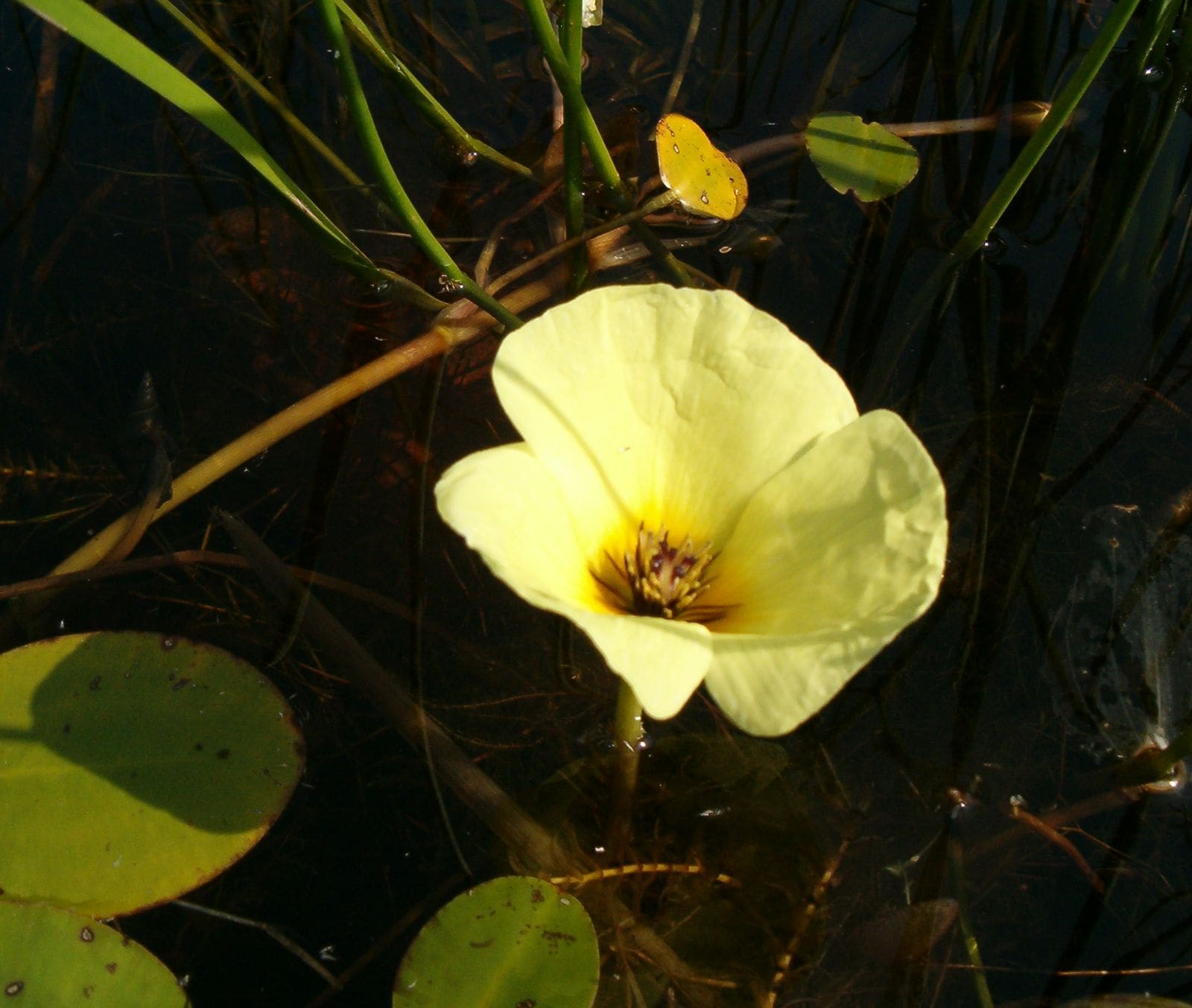
Control and Management Strategies
In light of its detrimental impact, effective Hydrocleys management strategies are pivotal. These entail removal methods, using herbicides and biological control agents, and preventive measures.
Mechanical and manual removal techniques
Mechanical and manual methods of removing Hydrocleys like pulling, raking, or cutting, are most effective when the infestation is localized and accessible.
Use of herbicides and biological control agents
Specific herbicides can also be used to control Hydrocleys. Some biological control agents, such as specific water weevils and snails, can help manage the populations.
Preventive measures and monitoring programs
Preventive measures include various best management practices such as early detection, local eradication efforts, and regular monitoring to prevent re-infestation.
Case Studies of Hydrocleys Infestations
Instances of large-scale invasions and successful management efforts provide valuable insights into Hydrocleys infestations.
Instances of large-scale invasions
A notable example of a wide-scale Hydrocleys invasion is the infestation in the various water bodies of Florida, where it rapidly replaced native species.
Impacts on affected communities and ecosystems
Hydrocleys infestations in certain Kenyan lakes have greatly affected the local fishing communities, disrupting their livelihood and altering local biodiversity.
Successful eradication and management efforts
Successful Hydrocleys management efforts include the collaborative eradication efforts in New Zealand’s North Island.
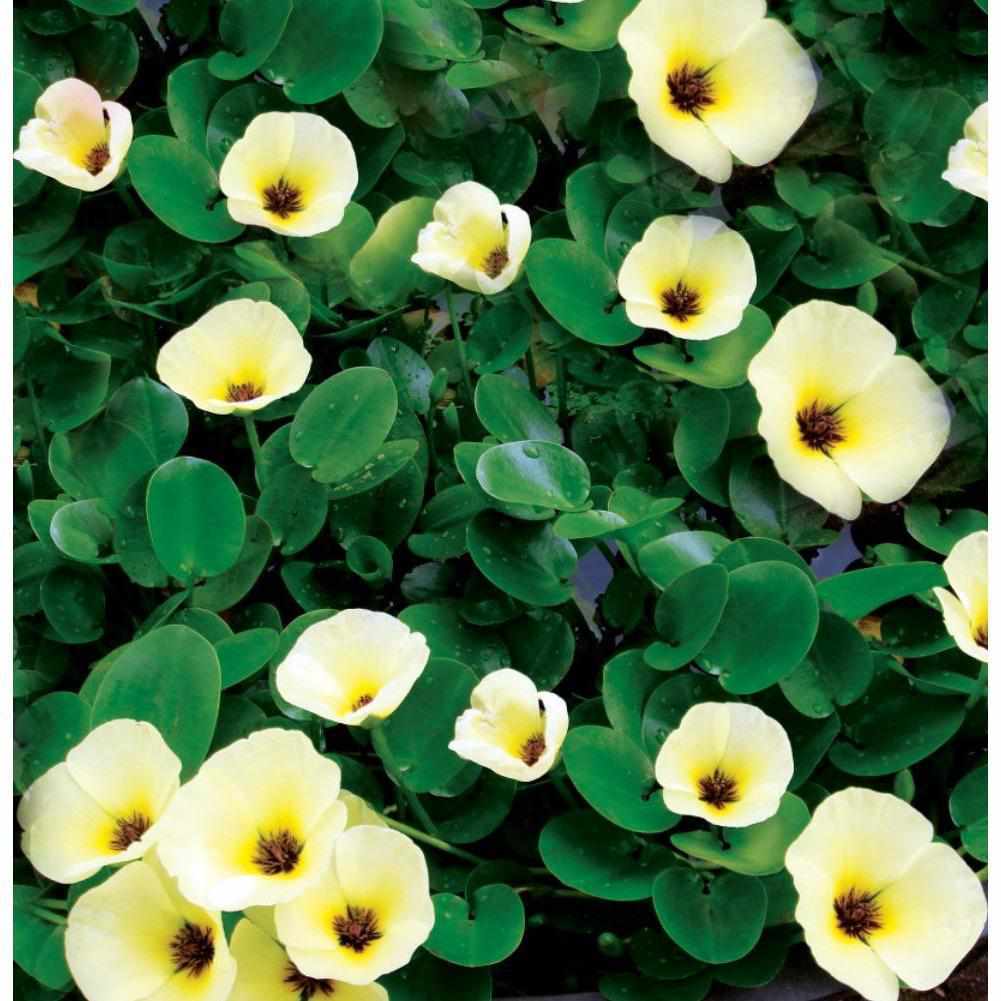
Cultural and Symbolic Significance
In spite of its rampant invasiveness, Hydrocleys bears cultural significance and carries symbolic meanings across various cultures.
Use in local traditions and cultural practices
In certain South American cultures, Hydrocleys is used in traditional medicine due to its perceived healing properties. It is also used ornamentally in water gardens.
Symbolic meanings in various cultures
In various cultures, Hydrocleys often symbolizes luck and prosperity. Its bright yellow flowers are considered a symbol of joy and happiness.
Future Challenges and Research Directions
Emerging threats, potential adaptation strategies, gaps in our current understanding, and areas of research with Hydrocleys form the basis of this section.
Emerging threats and potential adaptation strategies
Emerging threats include fluctuating climatic conditions that may facilitate the spread of Hydrocleys. Potential adaptation strategies must focus on predictive modeling and early detection mechanisms.
Gaps in our current understanding
Despite considerable research, there exist gaps in understanding the complete ecological impact of Hydrocleys. Additional research is also required to enhance the effectiveness and cost-efficiency of control measures.
Potential areas of research and innovative solutions
Potential research avenues include the genetic study of Hydrocleys and its invasive potential. Developing innovative biocontrol strategies and exploring possible ecological roles of Hydrocleys may also form part of future research.